People remember good design. Fact.
People also remember bad design. Fact.
Design can make or break a company and so it’s essential not to overlook its importance. I asked Mick (our MD) what he personally thought of as examples of bad design, and the following were suggested:
- Reliant Robin that loved to flip over
- USB stick that takes numerous attempts to put in
- Porsche 911 with its engine over rear axel (although beautiful car)
- Stainless steel tea pot, burns when you pick it up and always leaks
He also came up with the following good designs:
- iPhone
- Coca Cola Contoured Bottle
- Eames Lounge chair
- Phillip Stark lemon squeezer
With rising consumer expectations, quicker access to information and increase in competitors, it is becoming increasingly difficult for businesses to differentiate and thrive. This is where design comes in, as it can add strategic value to a companies value proposition and play a key role in disrupting markets. Design Council have reported that for every £100 a design alert business spends on design, turnover increases by £225; that’s not a statistic to be ignored.
In addition, McKinsey stated that companies with strong design outperform others. So how do companies deliver exceptional design standards and maximise on the strategic value of design?
It is important for companies to increase their investment in design and make the decision to improve existing, or create new products/services. If the decision is taken to design new products/services, ensure that design leads and guides the process. Design Council found that ‘the chances of design contributing to turnover growth rose more than threefold (by 3.3) when this happened’.
This quote is a brilliant statistic and we agree with what the Design Council have stated. Ensuring that design is core to the process is essential, however you must not forget the peripheral factors that contribute to the success of a project. As long as the creative lead is aware of and appreciates factors such as strategy, feasibility and budget (among others), good design will succeed. If these peripheral factors are ignored however, Ronis (our Design Director) believes you will be ‘designing blind’ and be unable to make informed design decisions.
Knowing the company’s long term strategic goals, ensuring the design is in keeping with the company’s mission/vision and ensuring a preliminary feasibility (e.g. Blueprint’s feasibility studies) has been conducted, is paramount to successful design. Once these factors are refined and understood, the creative lead will be able to allow for design to lead the process in an informed and educated way.
At Blueprint, we ensure that all design is initiated based upon a strong understanding of the client’s business strategy. That ensures that when designing, we can take into account their requirements, whether core or peripheral to a project.
If this is a topic that interests you, we would love to hear from you and are happy to discuss ways in which we could help your business maximise the value of design.
Email us hello@blueprintproductsolutions.com or call us 01535613330


